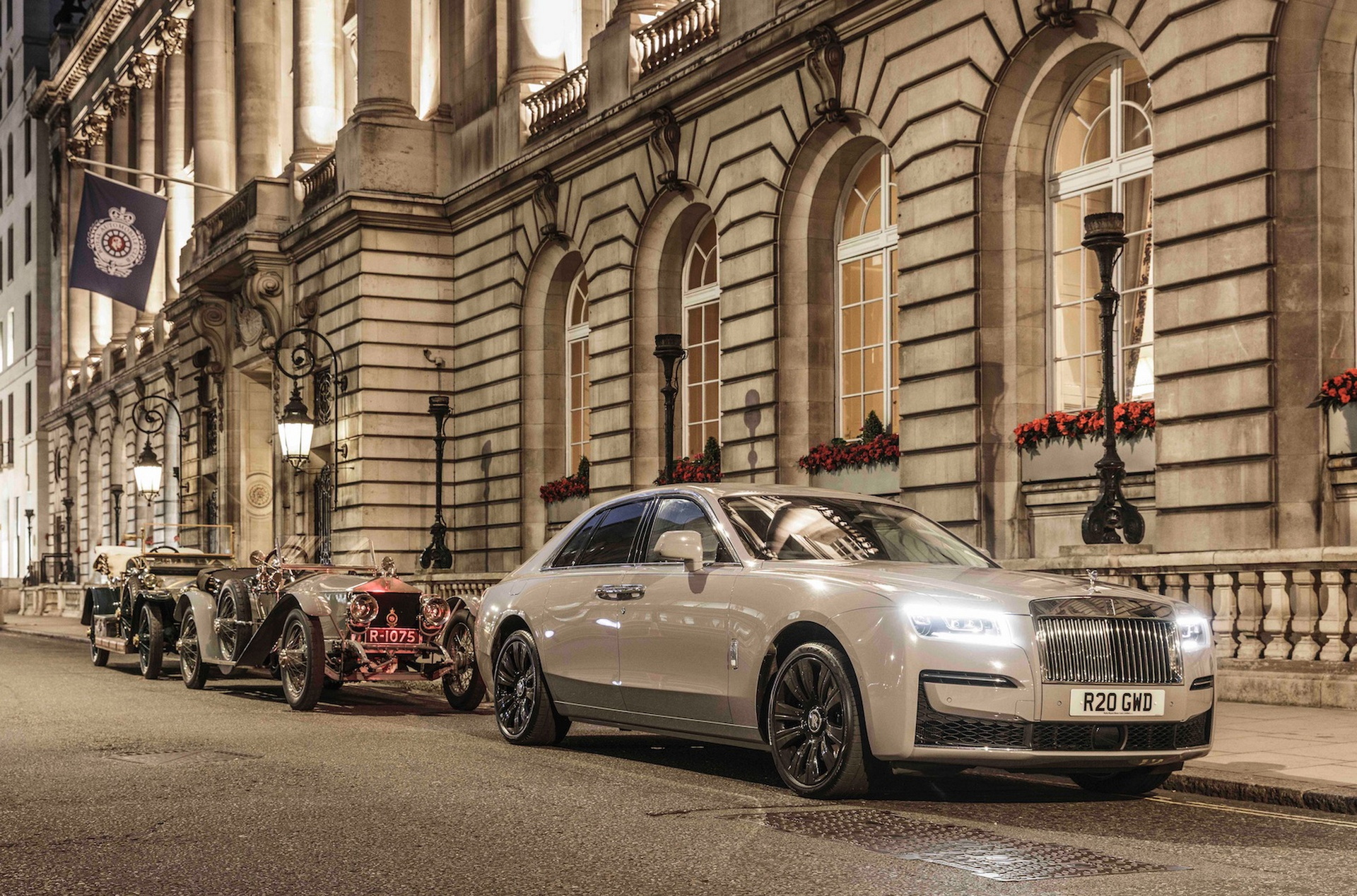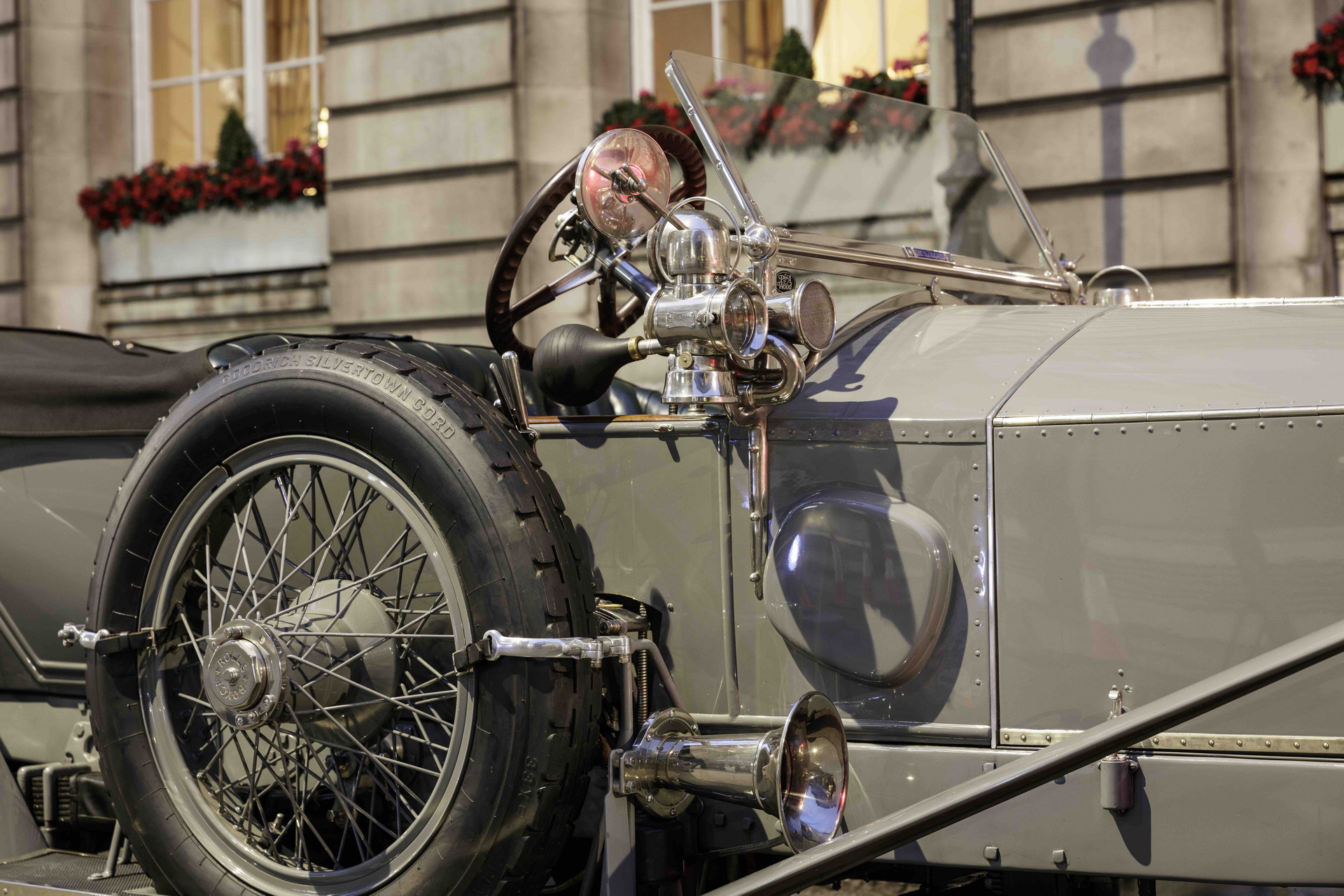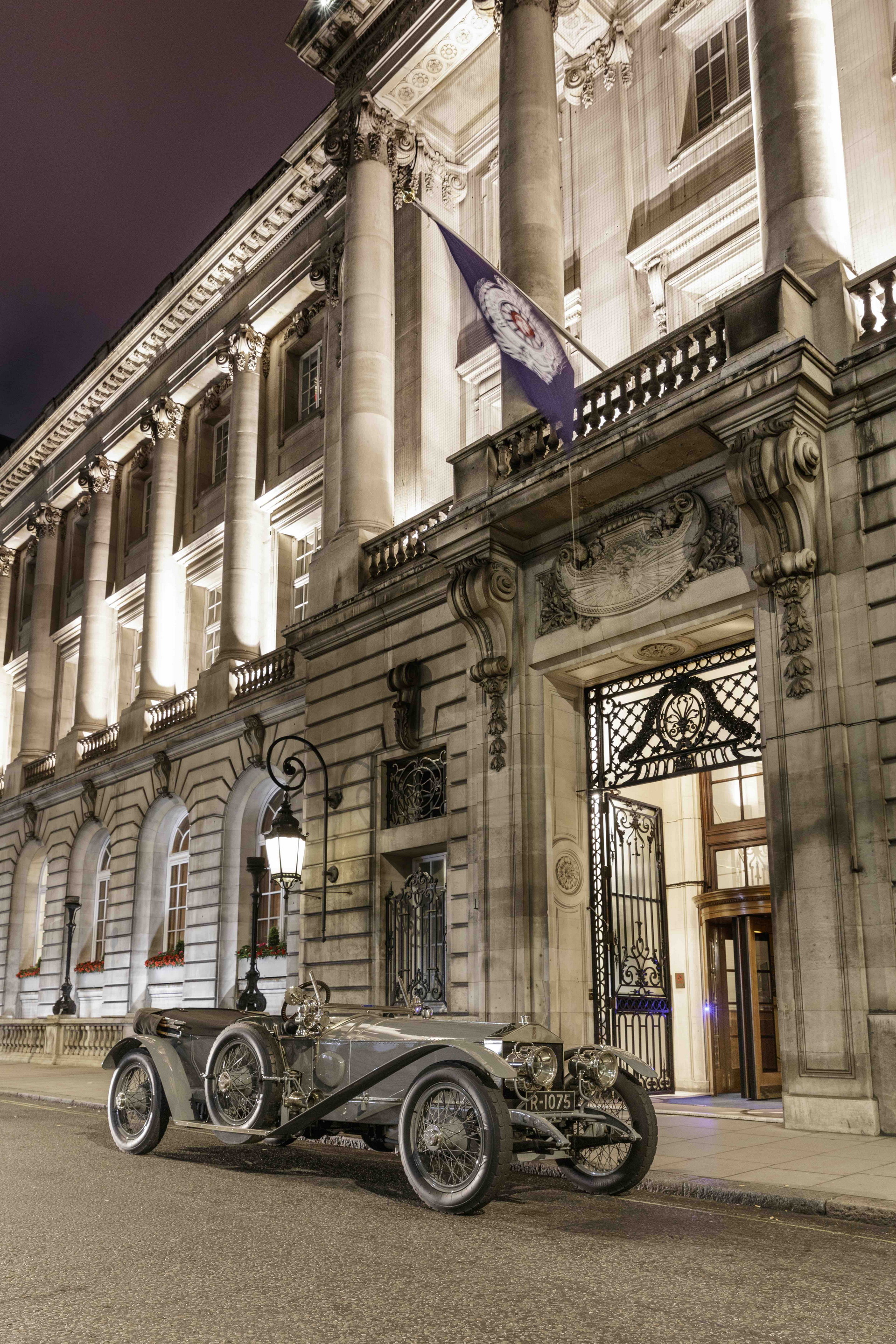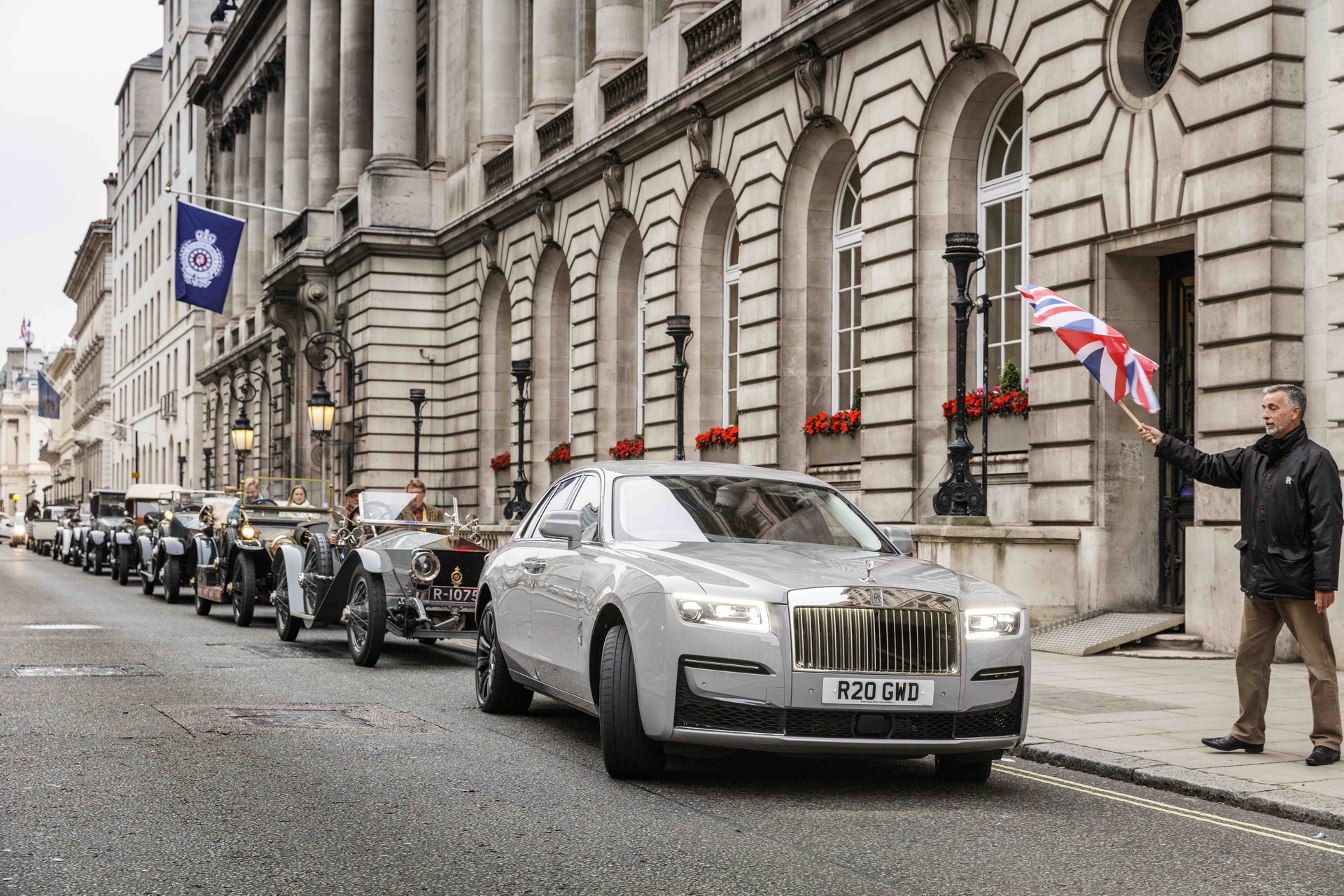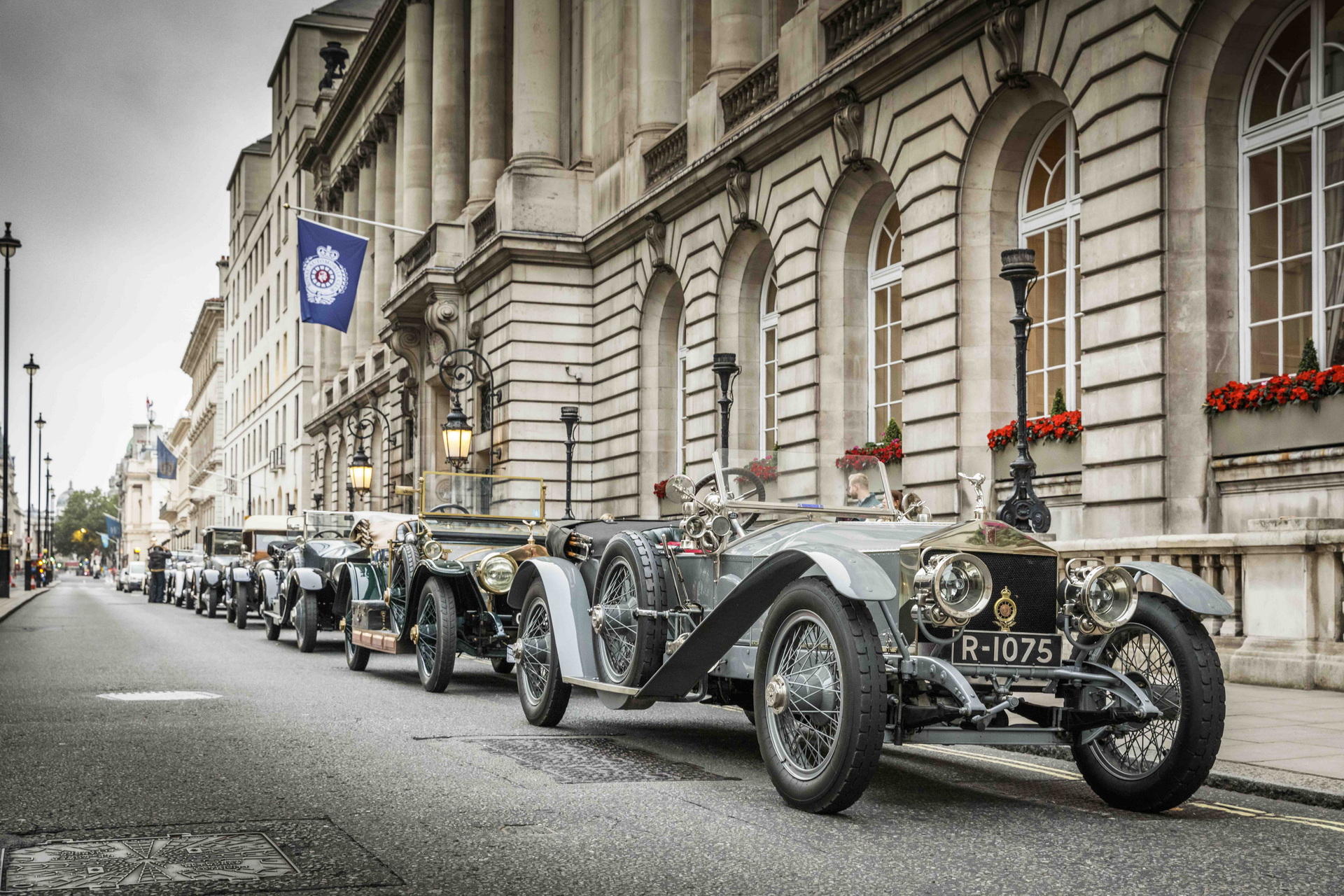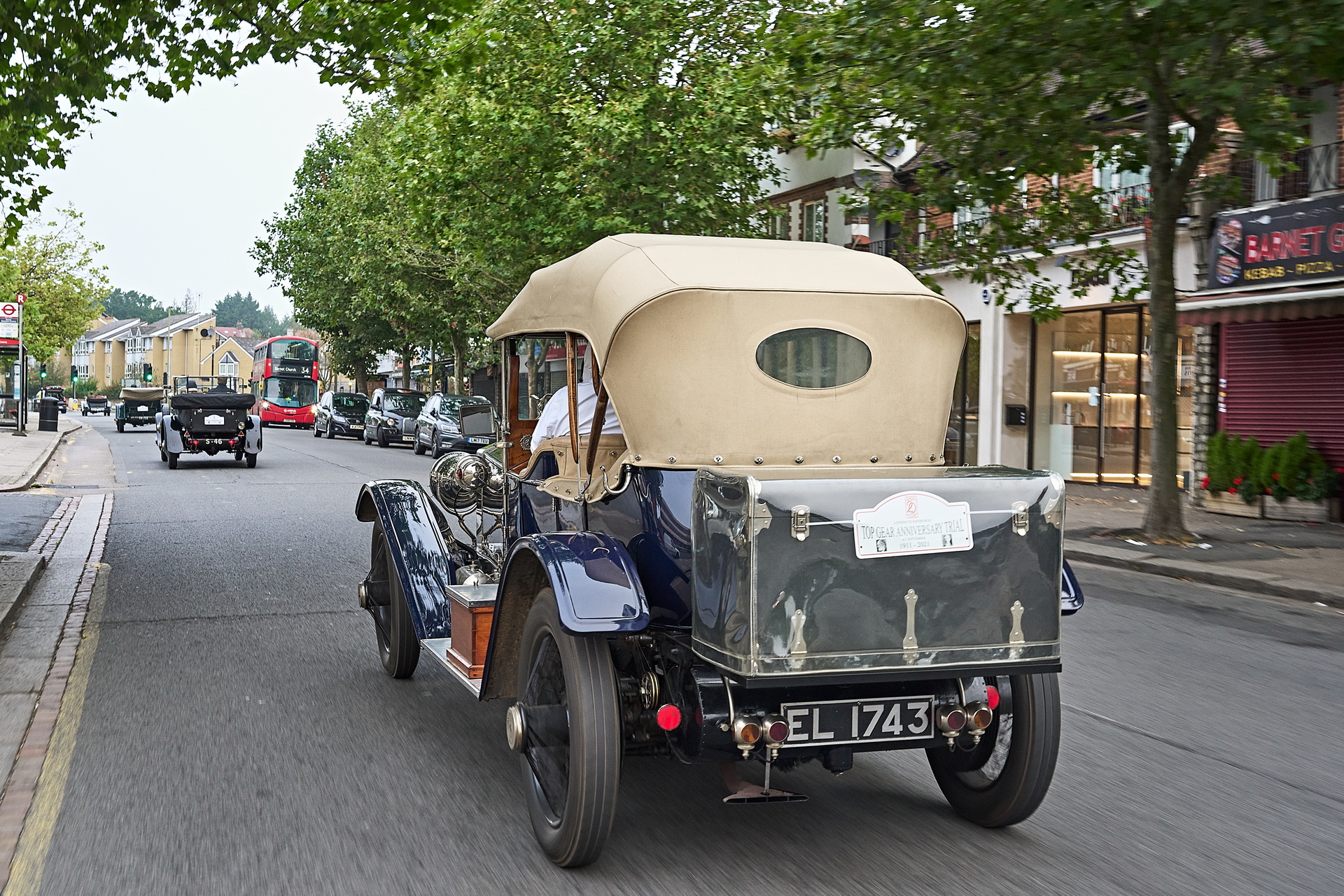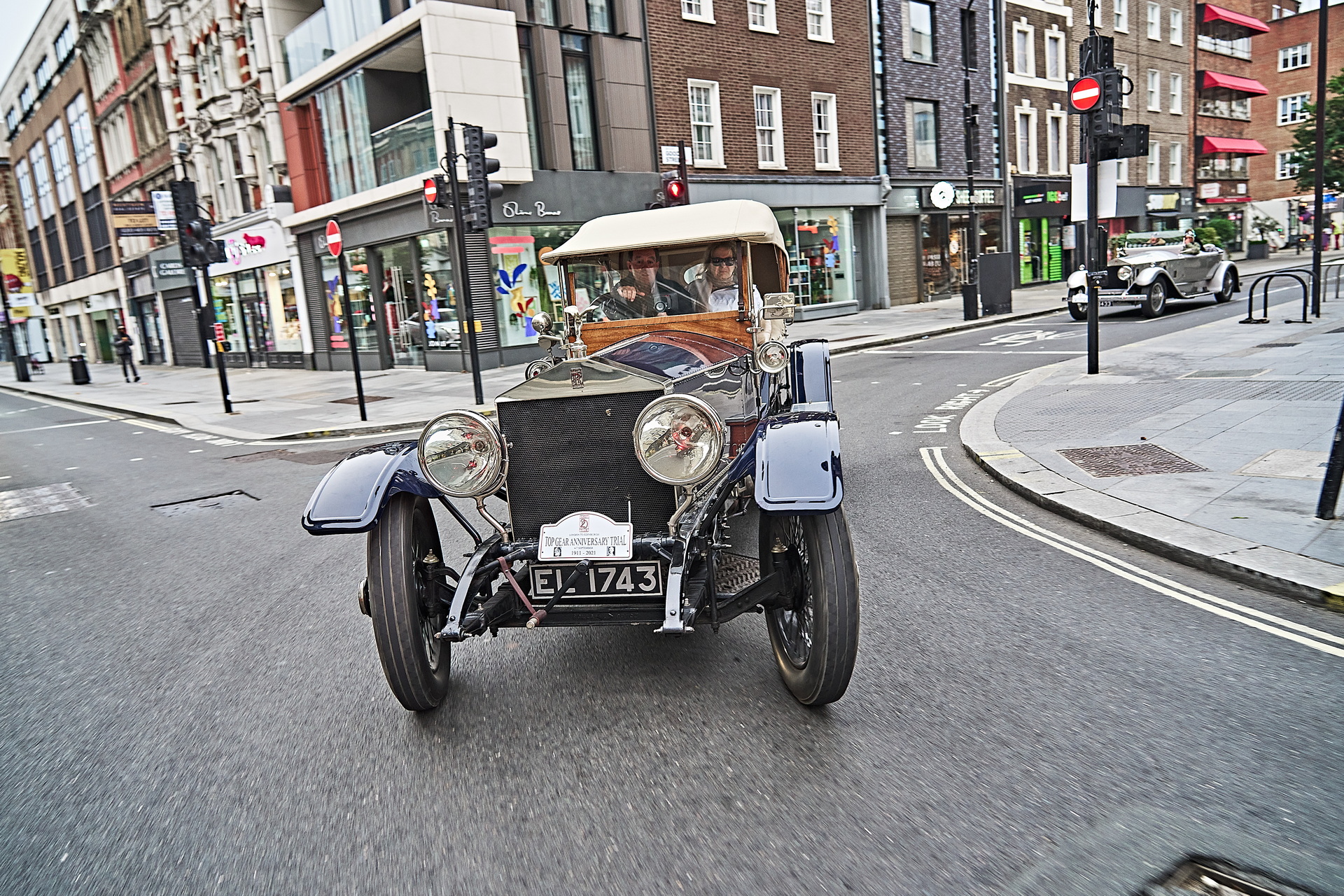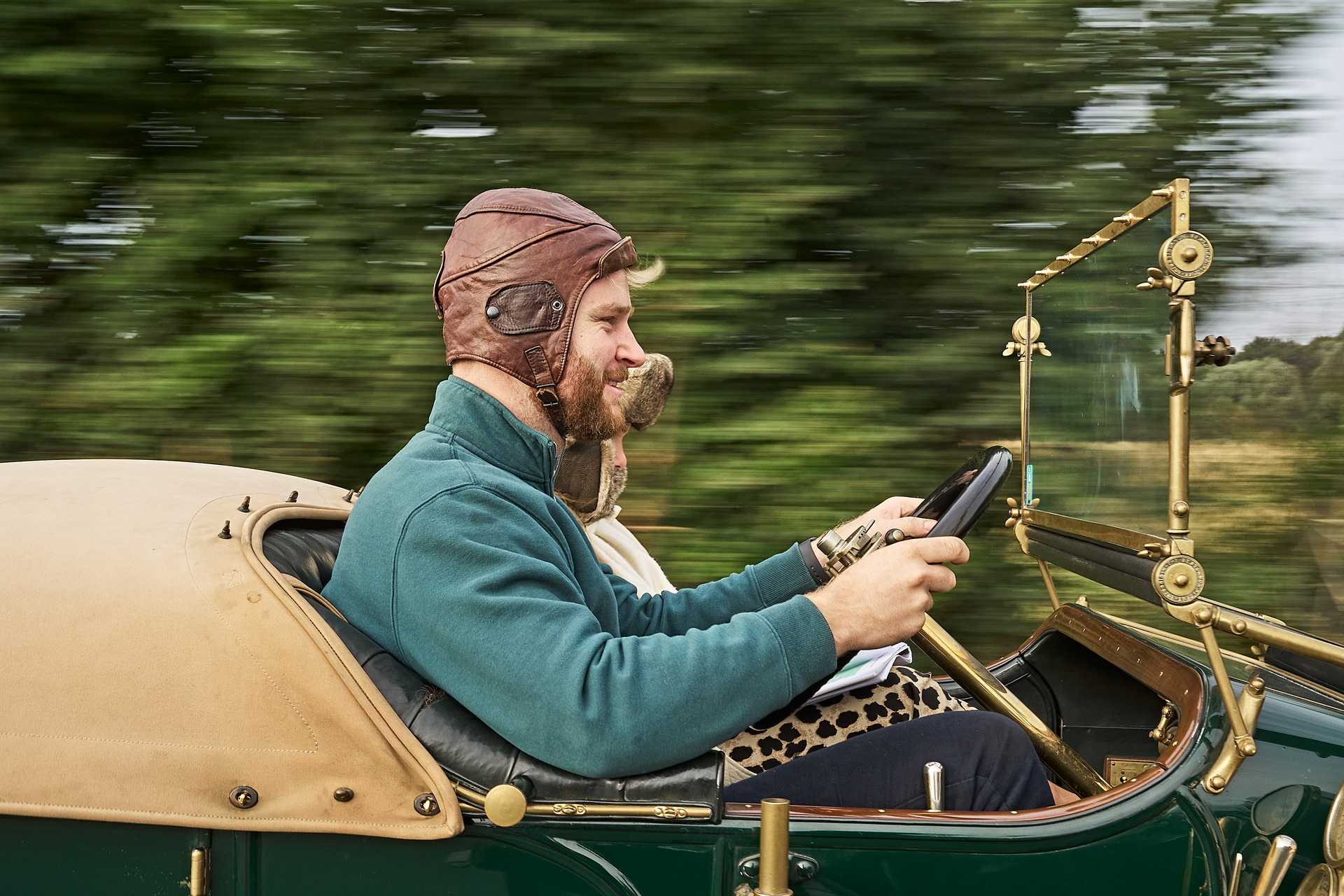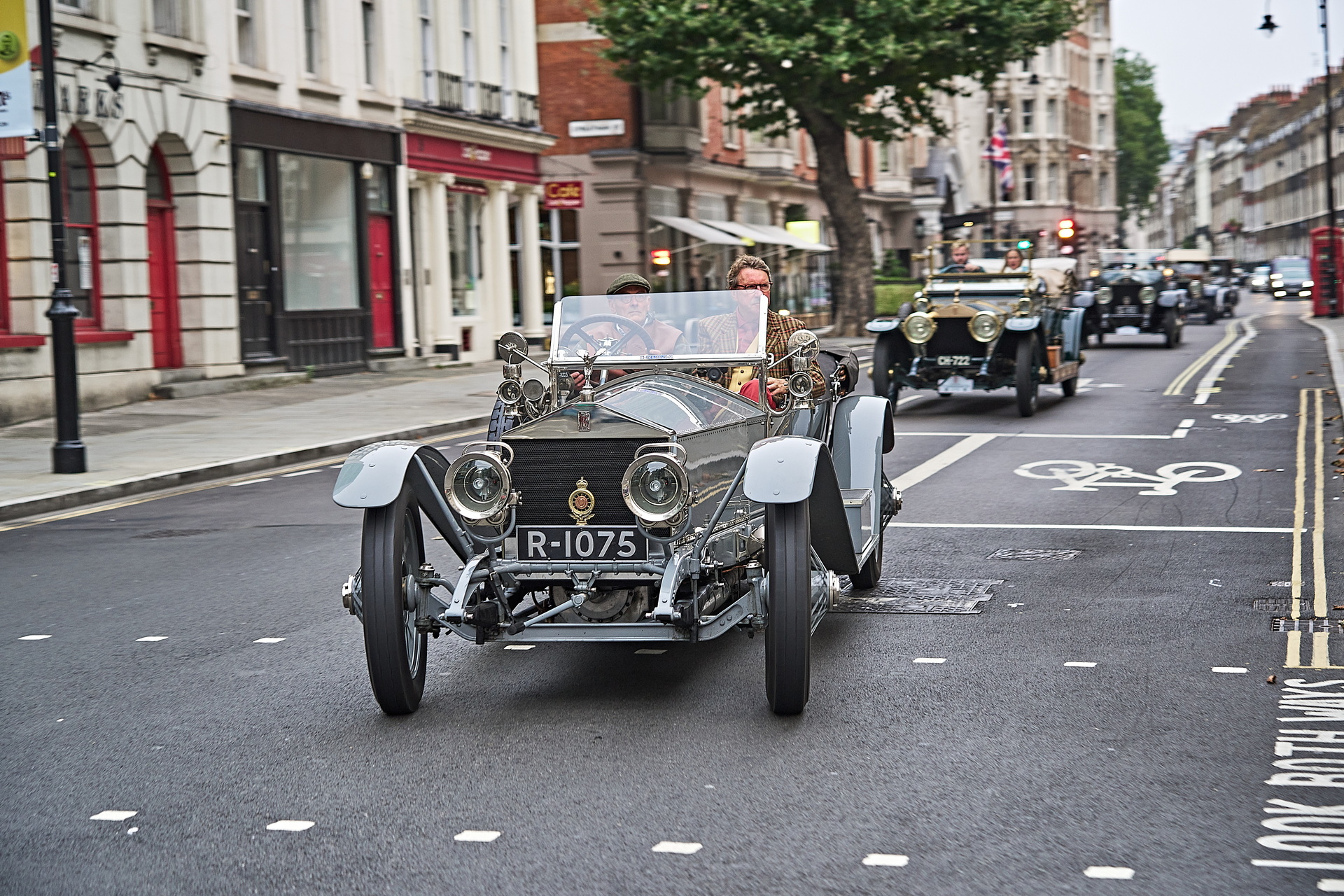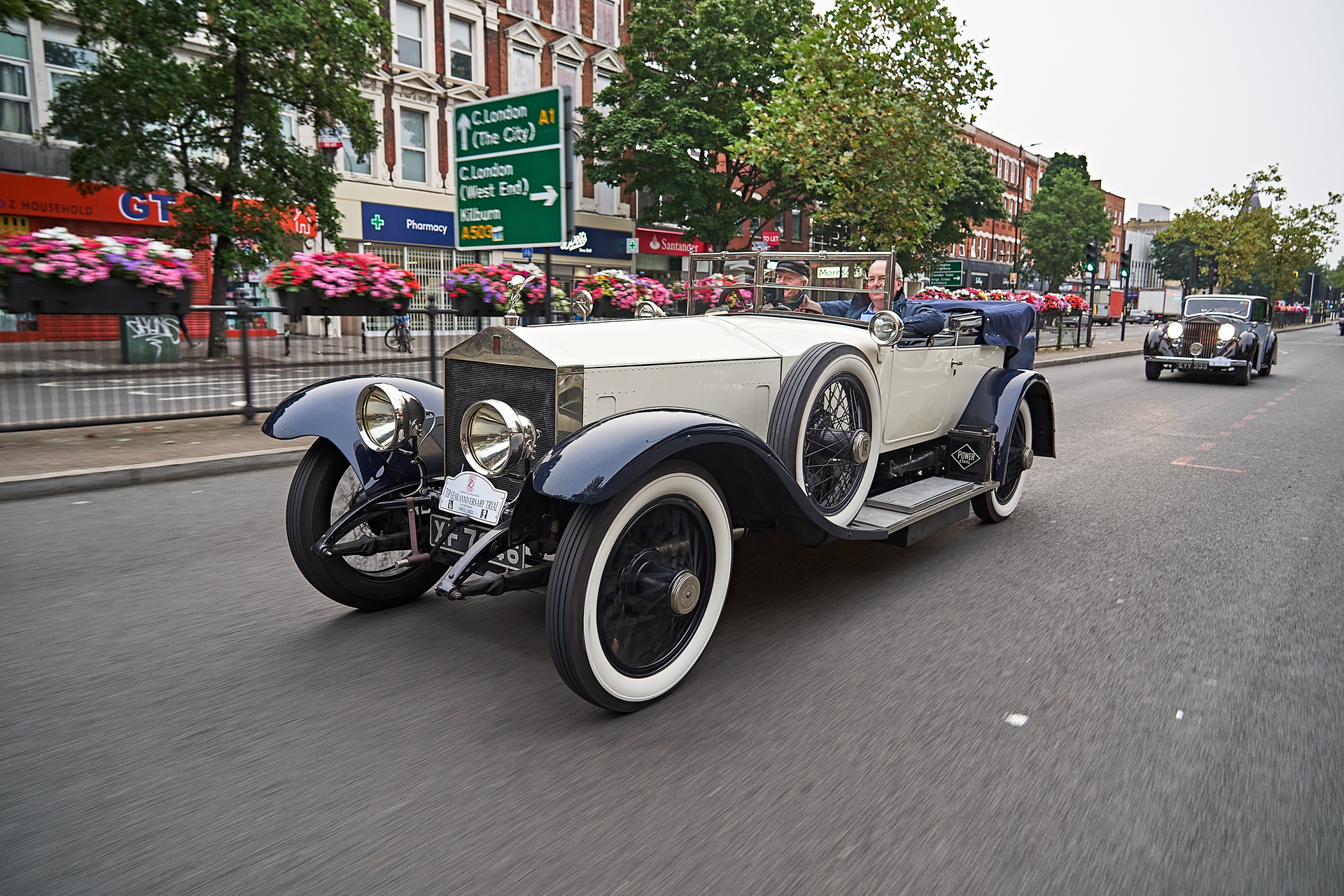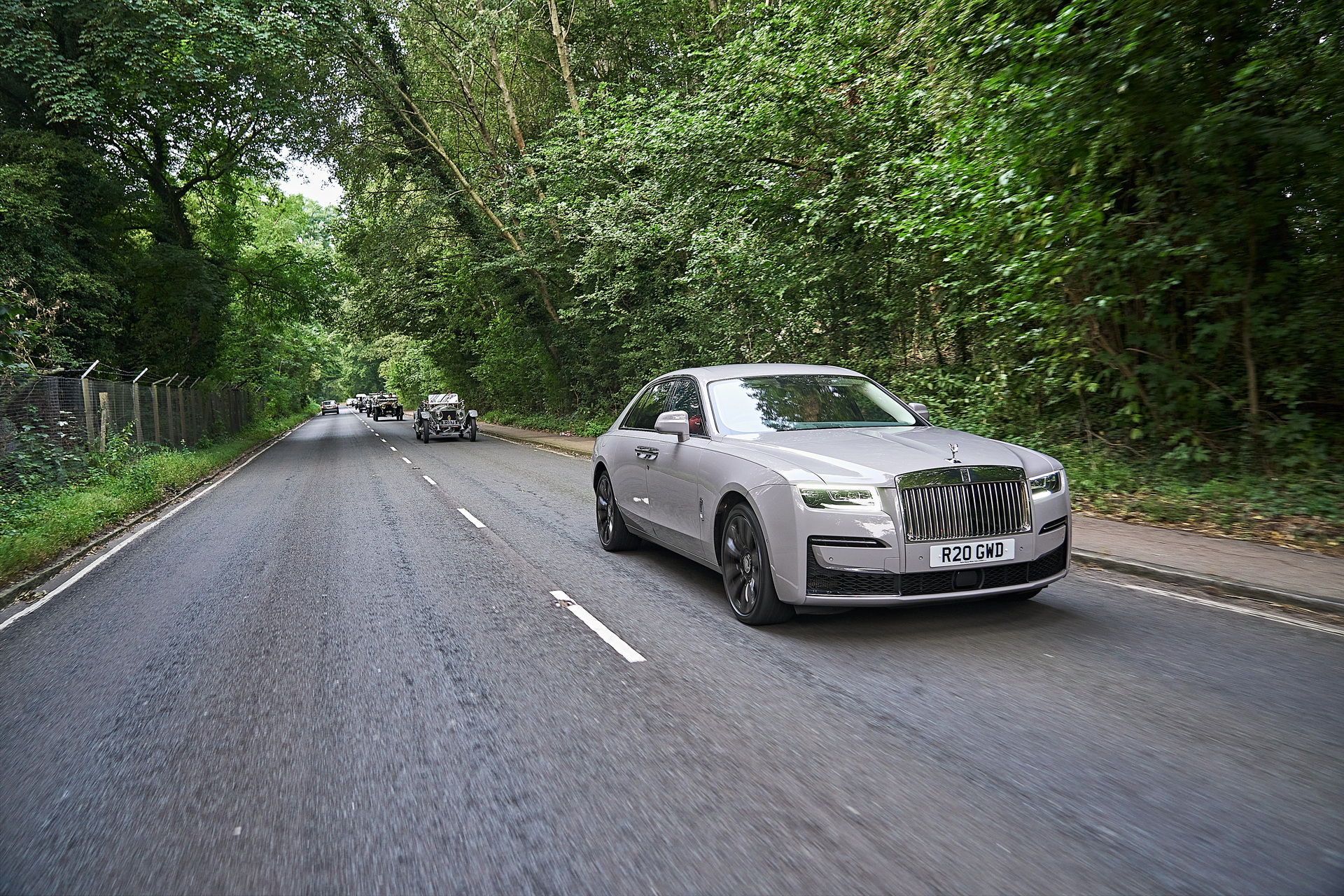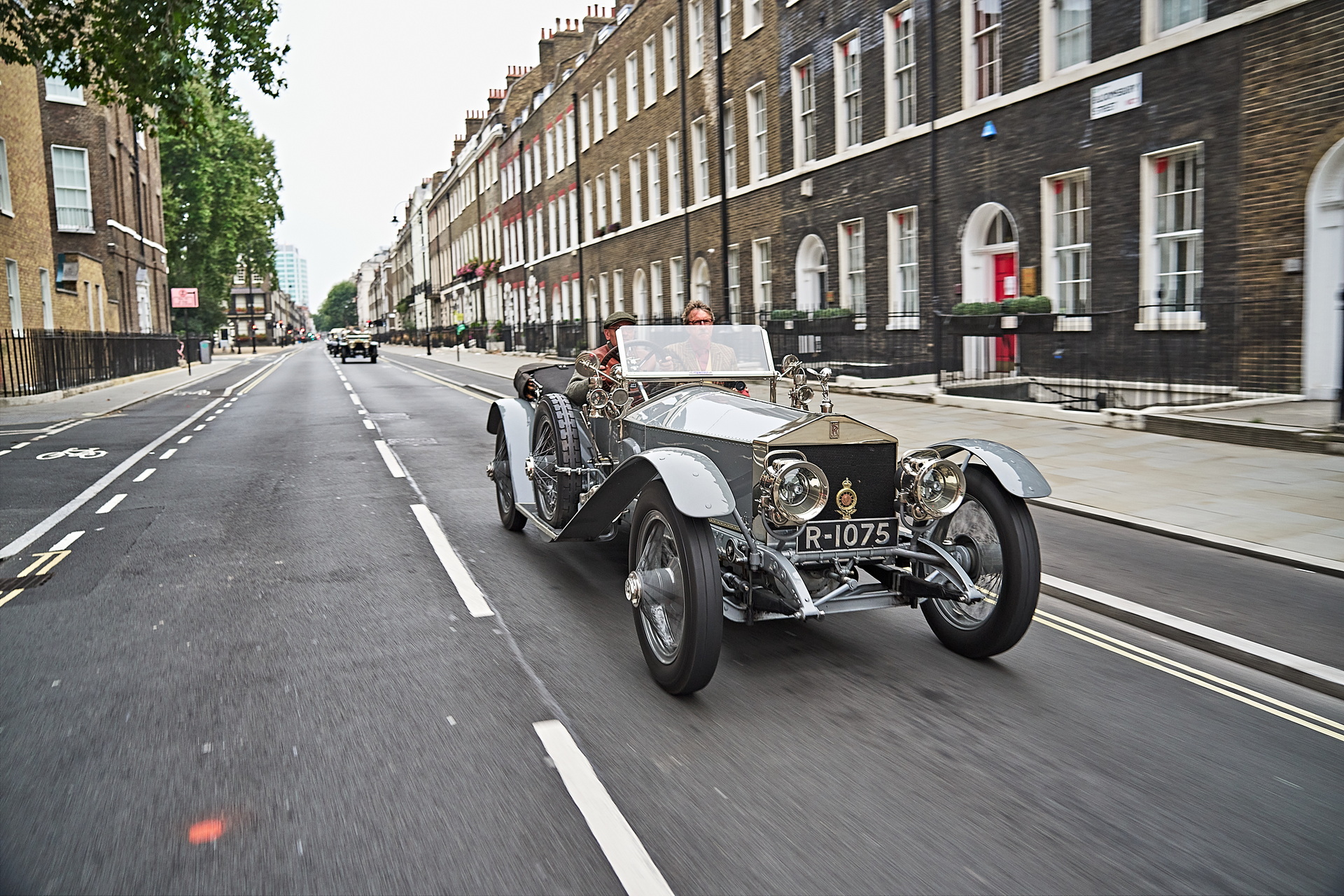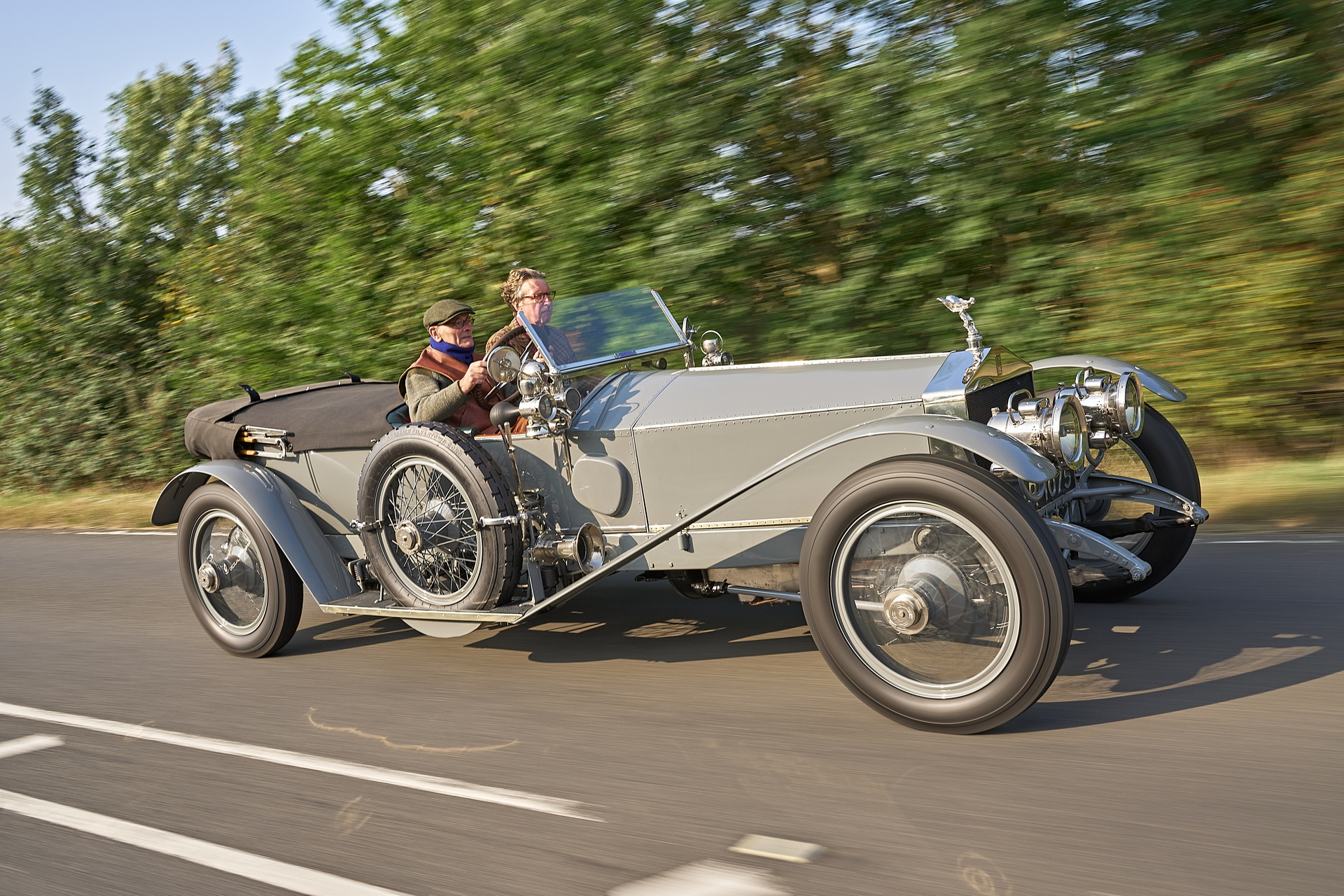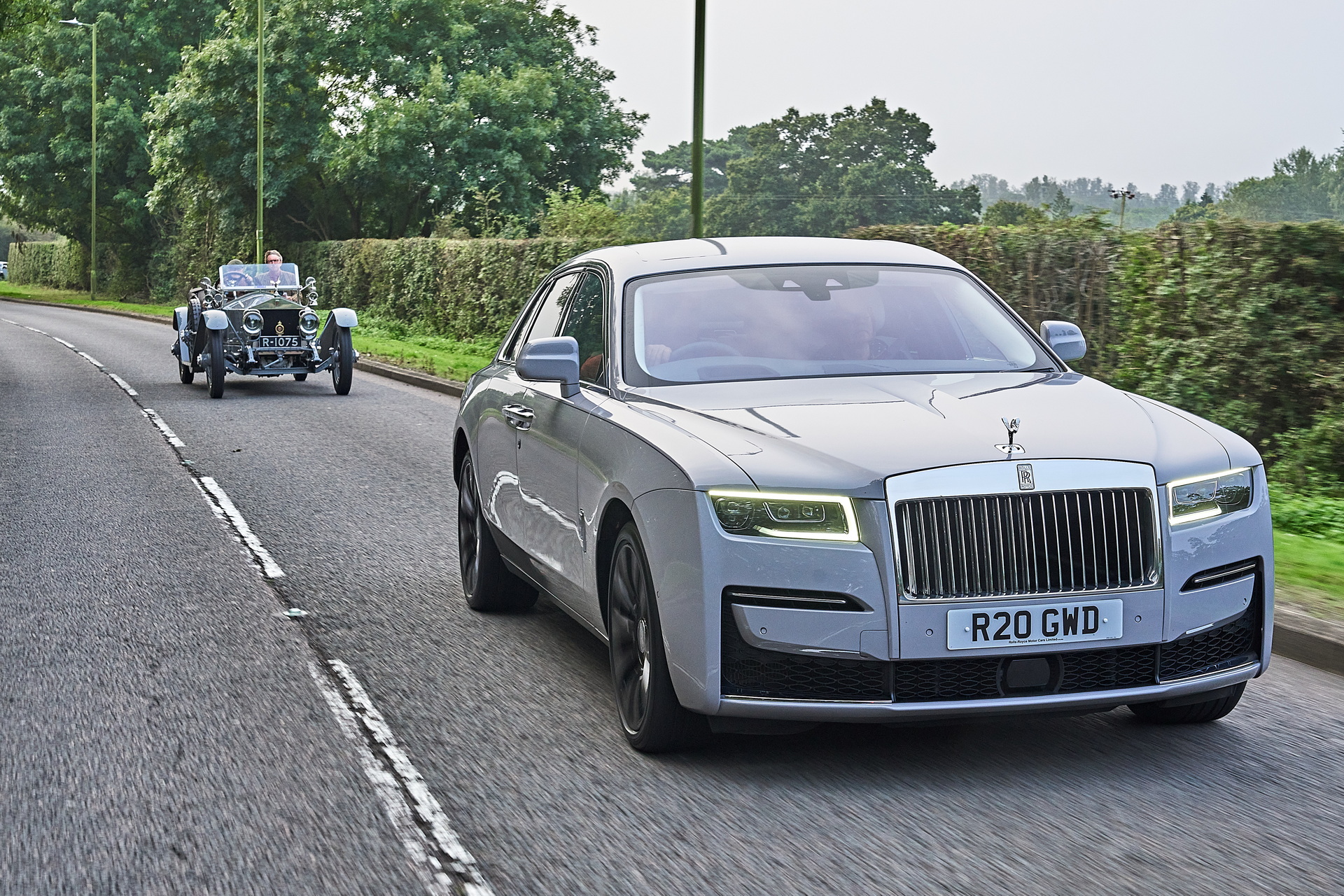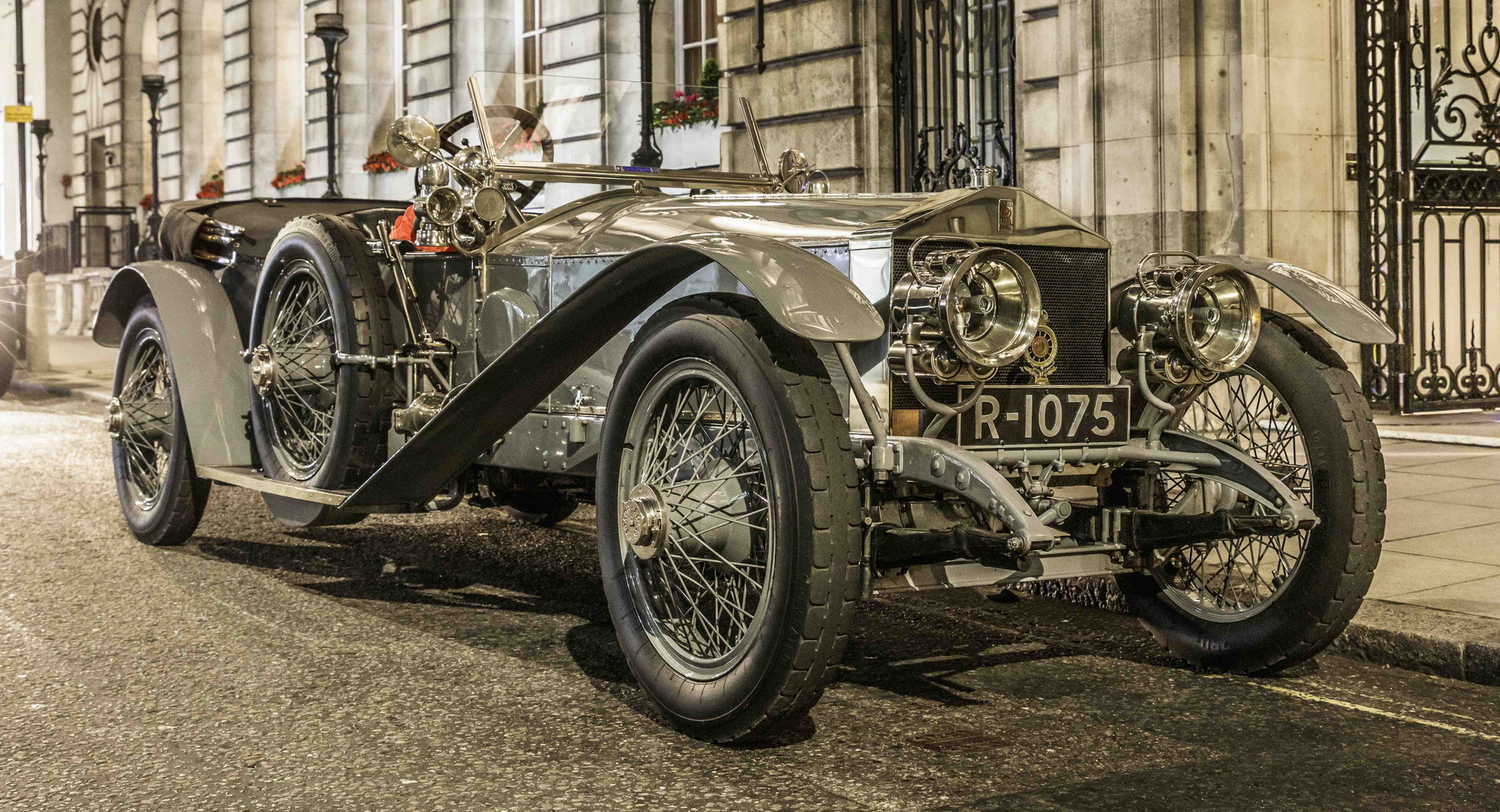In 1911, the Rolls-Royce Silver Ghost 1701 set a dazzling record speed run between the capitals of England and Scotland. This year, the car was back at it.
The record-setting Silver Ghost was designed as an “Experimental Speed Car,” and won the 1911 London-Edinburgh Trial, completing the 799-mile (1,286 km) return trip at an average speed of 19.59 mph (31.5 km/h). Although that doesn’t sound like a breakneck pace today, considering the state of roads 110 years ago, it was a stunning feat.
To prove that the car was not modified, and as evidence of its surprising abilities, it ran up to 78.2 mph (125.8 km/h) on a half-mile speed test conducted right after the trial. It later became the first Rolls-Royce to exceed 100 mph (160.9 km/h) and even achieved 24 mpg (9.8 l/100 km) during the trial.
Read Also: The Ghost of Charles Stewart Rolls: Rolls-Royce Celebrates Co-Founders 144th Birthday
“The Silver Ghost is arguably the most famous Rolls-Royce model of all time,” said Andrew Ball, head of corporate relations at Rolls-Royce. “It was through its success in the early trials of speed, reliability, and endurance that it earned Rolls-Royce its reputation as ‘the best car in the world’.”
Now, 110 years on, the same car was joined by nine other Rolls-Royce Silver Ghosts from the same era in completing a trip from the Royal Automobile Club in London (which hosted the trial in 1911) all the way back up to Edinburgh. Keeping them all company was a brand-new Ghost finished in Tempest Grey.
The cars left at 6:00 am on Sunday, September 5, following the old Great North Road as closely as possible, locked in top gear the whole way, just as it was 110 years ago. The race ended a day later on Monday, September 6 with a grand reception at Rolls-Royce Motor Cars Edinburgh.
“Silver Ghost 1701 has a unique and special place in the marque’s history and affections said Ball. “It’s difficult to think of many machines that can still perform exactly as they did 110 years ago; this extraordinary car is a remarkable tribute to our predecessors who designed, engineered, and built it.”









